From Eileen Gray to Charlotte Perriand and Hungarian-born Eva Zeisel, there are many more female designers who have made an indisputable contribution to the development of modern design, yet in most design history texts, their names are not highlighted in bold, if we can read about them at all. The Vitra Design Museum’s latest gap-filling exhibition showcases the work of women from the last 120 years who have made their mark on everything from furniture design to fashion and spacecraft design. We asked curator Viviane Stappmanns about the Here We Are! Women in Design 1900 – Today exhibition!
“Books about the history of design often fail to mention women designers”—we can read it in the description of the exhibition. Under these circumstances, what resources were useful for you during the preparation? How did the research process look like?
We began the research for this exhibition by looking inwards. We investigated the Vitra Design Museum’s extensive collection: for example, which women designers are included, and which pieces? Are these attributed correctly? We questioned authorship and credit. We needed to identify the gaps. Later, we branched out and also reached out to other museums, experts, researchers and lenders. In addition, we acquired a number of pieces for our collection and we also looked at individual biographies and academic research in particular fields.
For this exhibition, however, we really wanted to know about the structural reasons that led to women’s invisibility in design history. We wanted to promote an understanding not only of the work of singular designers, but the broader context in which they worked: A Bigger Picture.
The exhibition consists of four parts that take us on a journey through the past 120 years of design history. The first part focuses on the development of design in Europe and the United States in around 1900 when design emerged as a profession in its own right. The exhibition’s second part concentrates on the 1920s to 1950s, the third part addresses the period from 1950 to the end of the 1980s, and the fourth part brings us to the present day. Looking at these eras, what do you think, is there a linear development in the appreciation of women designers, or is it more like a process with ups and downs during the decades?
We think that this is neither a linear process nor a process of ups and downs; it is a process of many conflicting and ambivalent elements. For instance, the 1950s promoted an ideal of the housewife, who was seen much more as the consumer of design, and not a producer of the objects that surround us. At the same time, it was also the rise of the “by women for women” design—think of the so-called Damsels in Design in the US. They were professional designers with a university education who had been recruited to style and market General Motors’ cars, especially to women. On the one hand, they were stereotyped; on the other, it was a way for them to gain entry into an extremely male-dominated area of design. Many textile designers also were able to create very professional careers in a field of design that was especially stereotyped. So it’s also on us to appreciate this more.
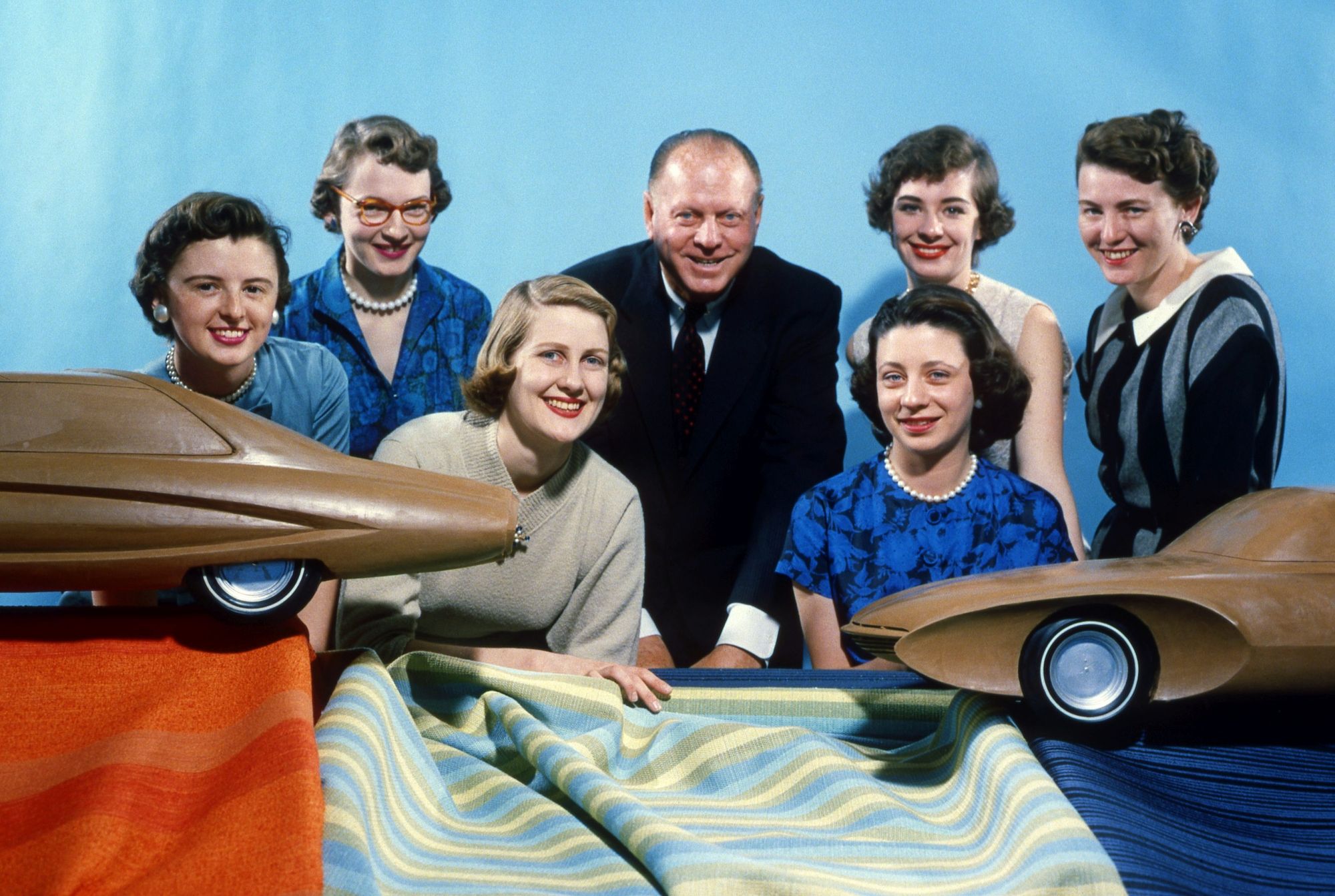

Which areas of design are represented in the exhibition, and which one is the most represented? What could it say about the women’s possibilities in the field of design during the last century?
The Vitra Design Museum’s collection focuses mainly on furniture and, more broadly, on the interior so that you will find a lot of furniture pieces in our exhibition, but also textiles, ceramics, jewelry and even spaceship design. As for the second question, this is very broad. Of course, as educational possibilities for women increased, their opportunities increased, too. We realized that education is what it is all about—that, and being able to be part of influential networks, which are often formed at universities.
You say that “the Bauhaus accepted both male and female students, but many women who enrolled there found themselves studying crafts like textiles or ceramics,” so they “were still being pushed towards traditional roles.” Besides that, what were the most exciting or surprising stories and insights you found during the research that should be definitely included in design history?
There are too many to write about. If I must mention one, I can tell that Louise Brigham is very exciting. To us, she was the one who brought DIY into the design discourse, not Gerrit Rietveld in the 1930s or Enzo Mari in the 1970s. Then, there are many designers in the former socialist countries who are probably waiting to be discovered.
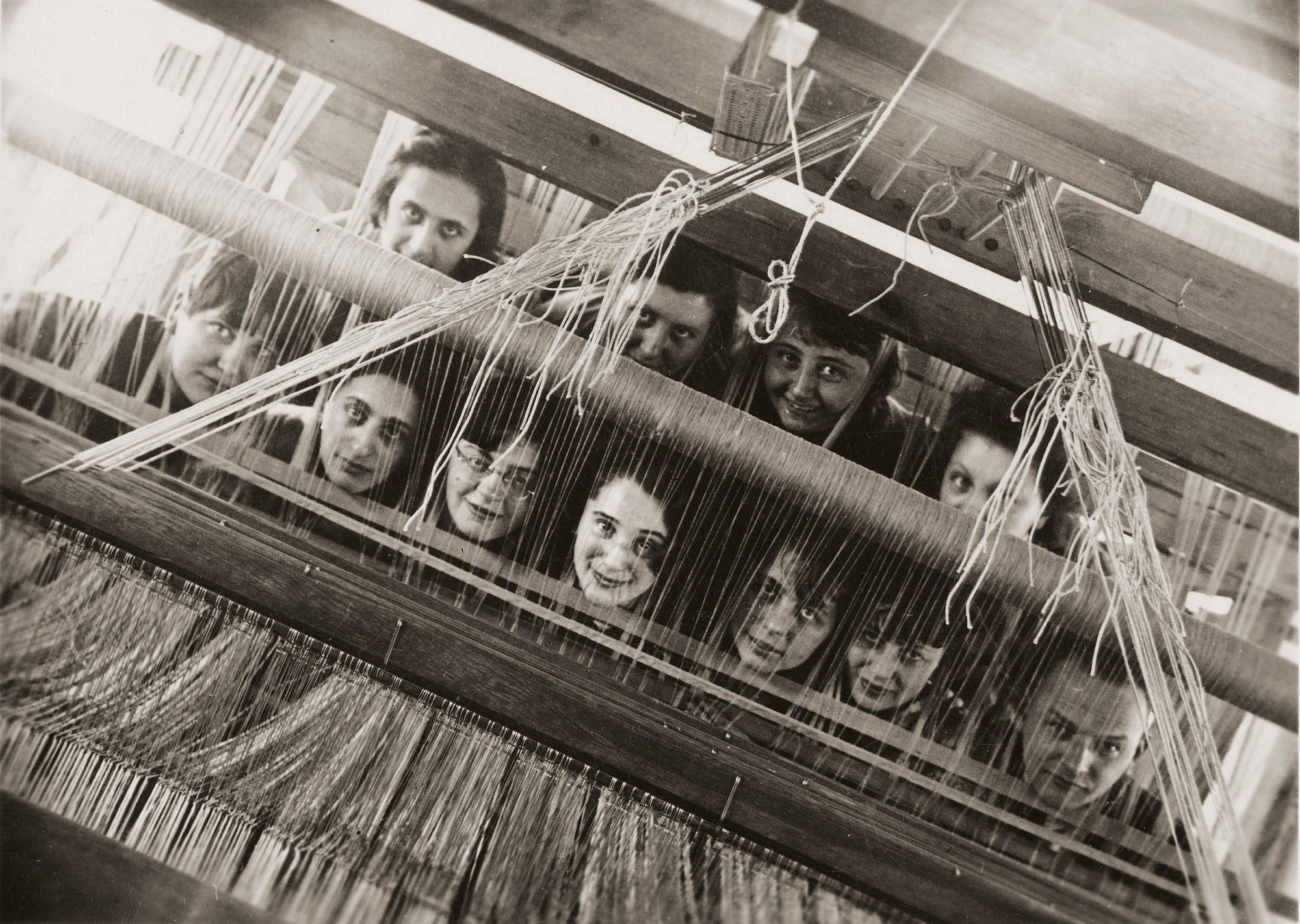
The exhibition also presents contemporary designers like Matali Crasset, Patricia Urquiola, Inga Sempé, Ilse Crawford, or Hella Jongerius. Based on their works and presence in the contemporary design scene, what could be said about the situation of women in design today?
It shows that there is formally absolutely no hurdle to becoming a very successful designer and running a studio. However, in terms of their numbers, women are probably still underrepresented as authors of design. Also, we’ve been asked a lot whether women design differently, and we can answer this question with a resounding „No!”.
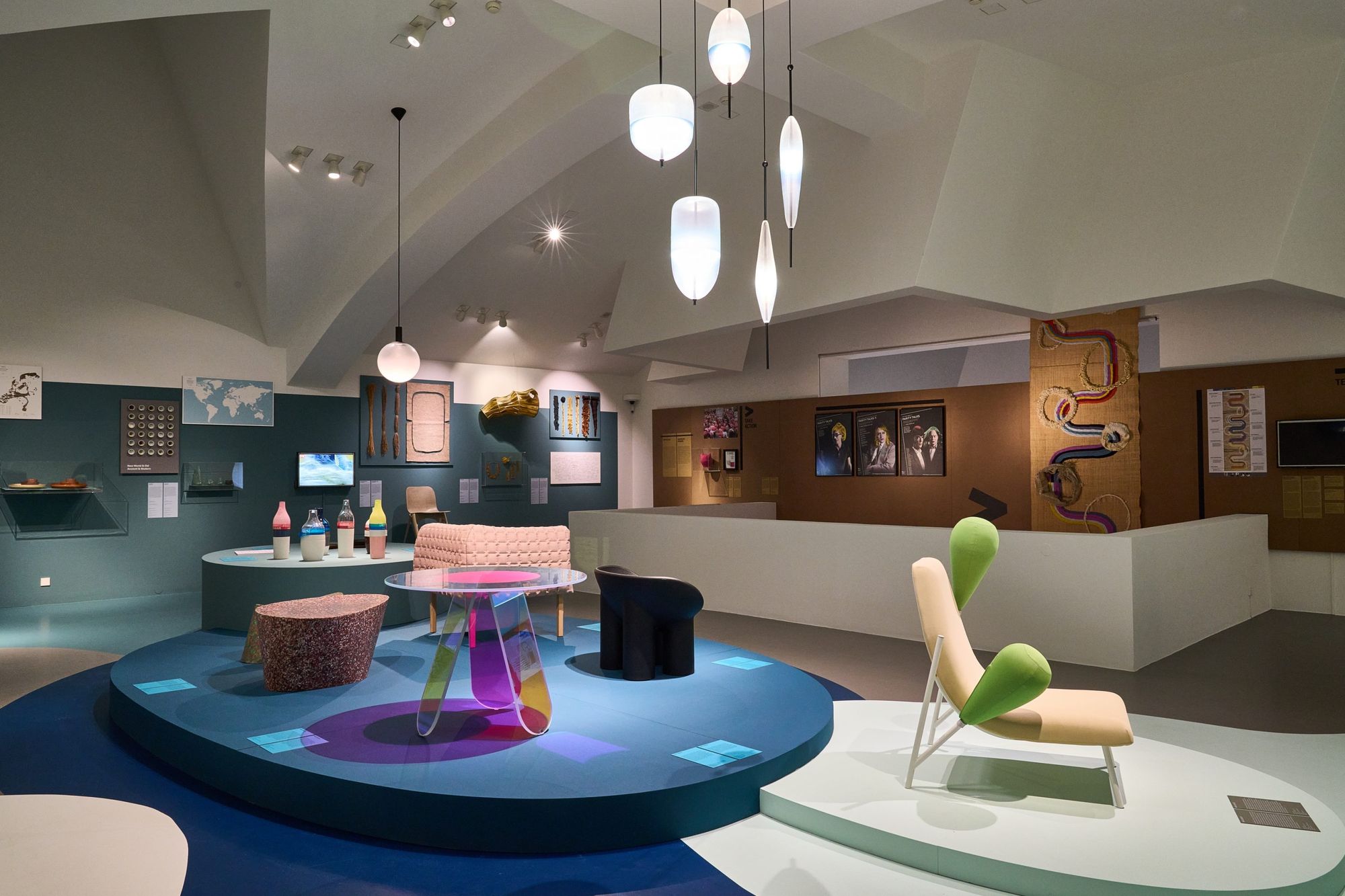
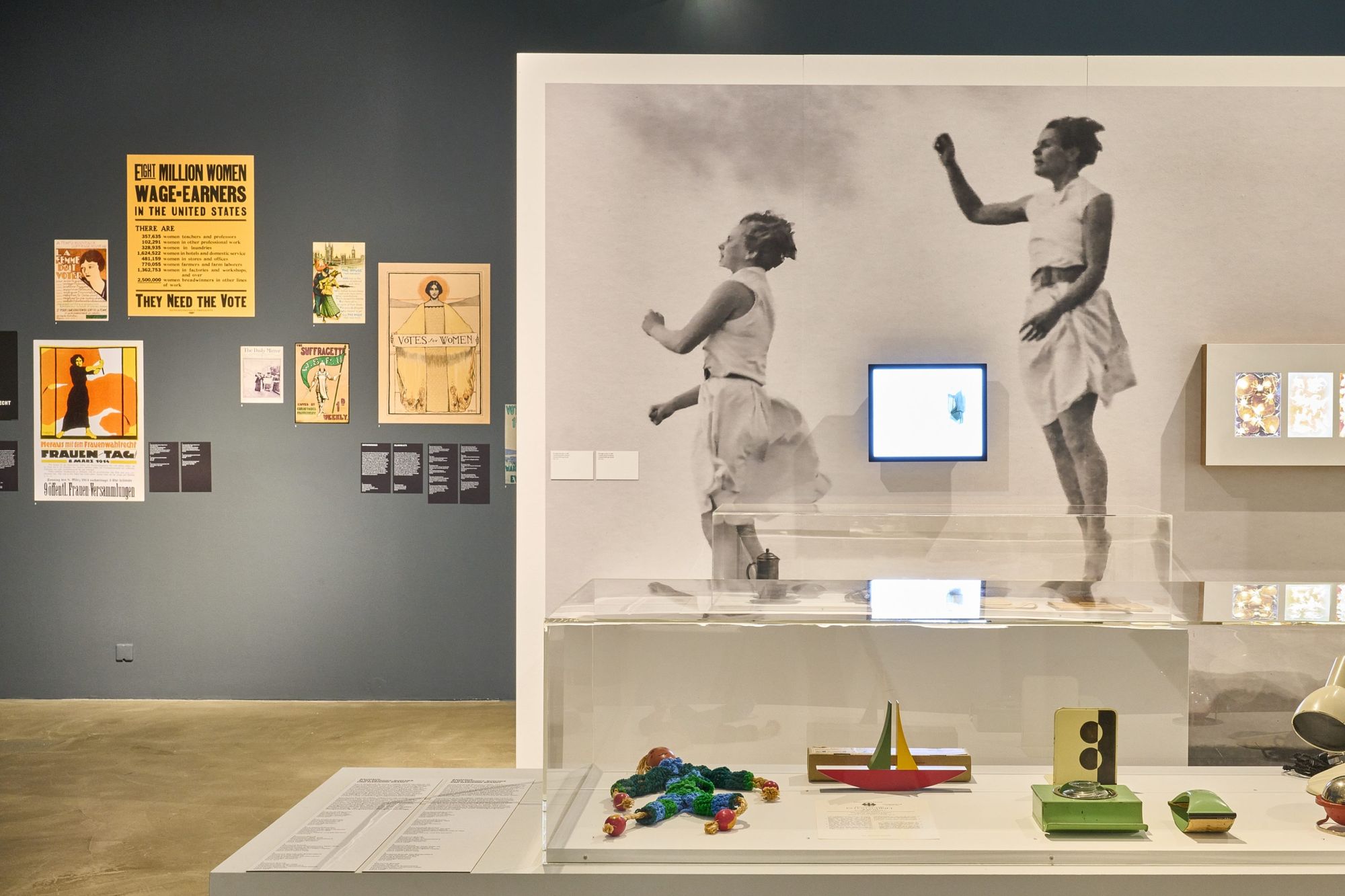
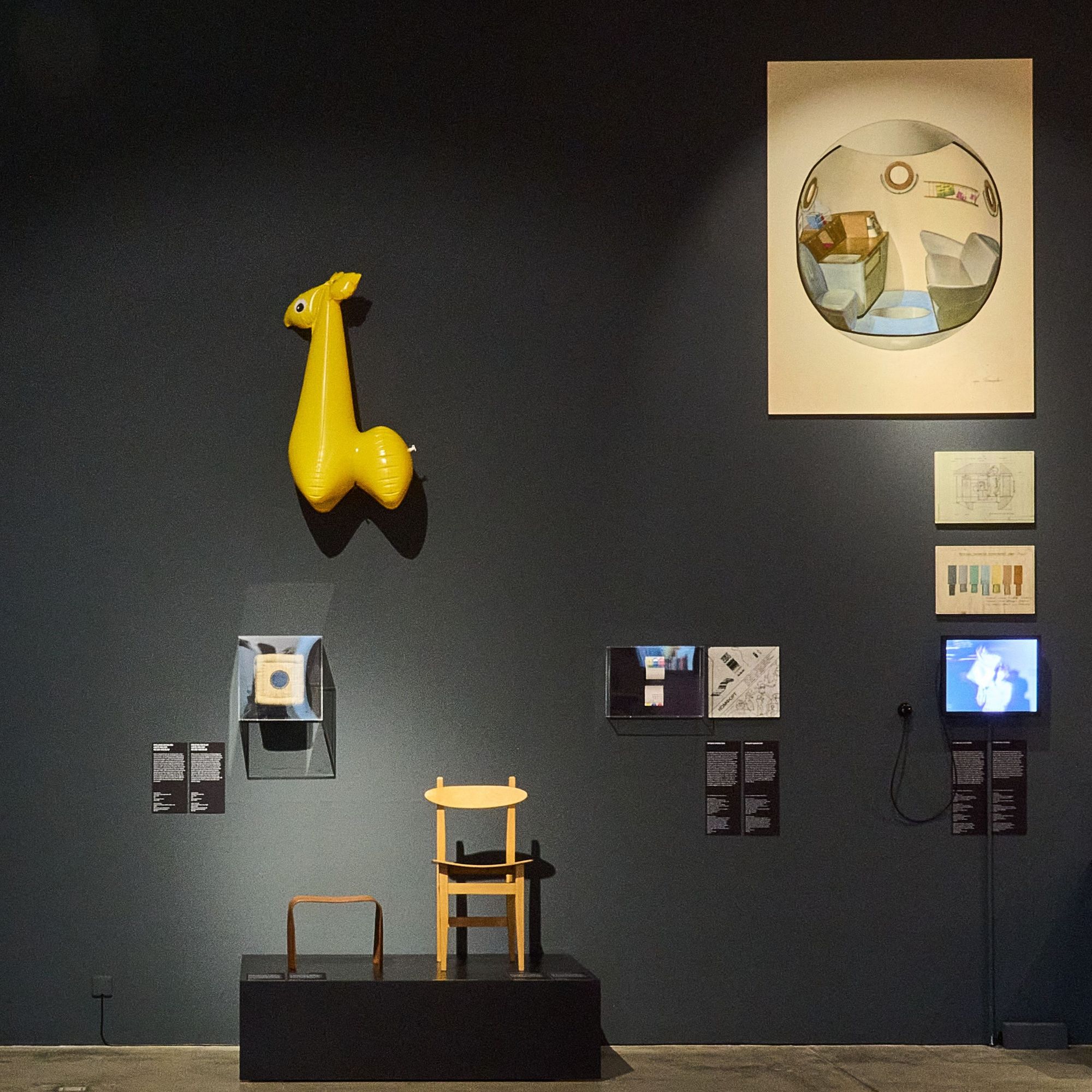
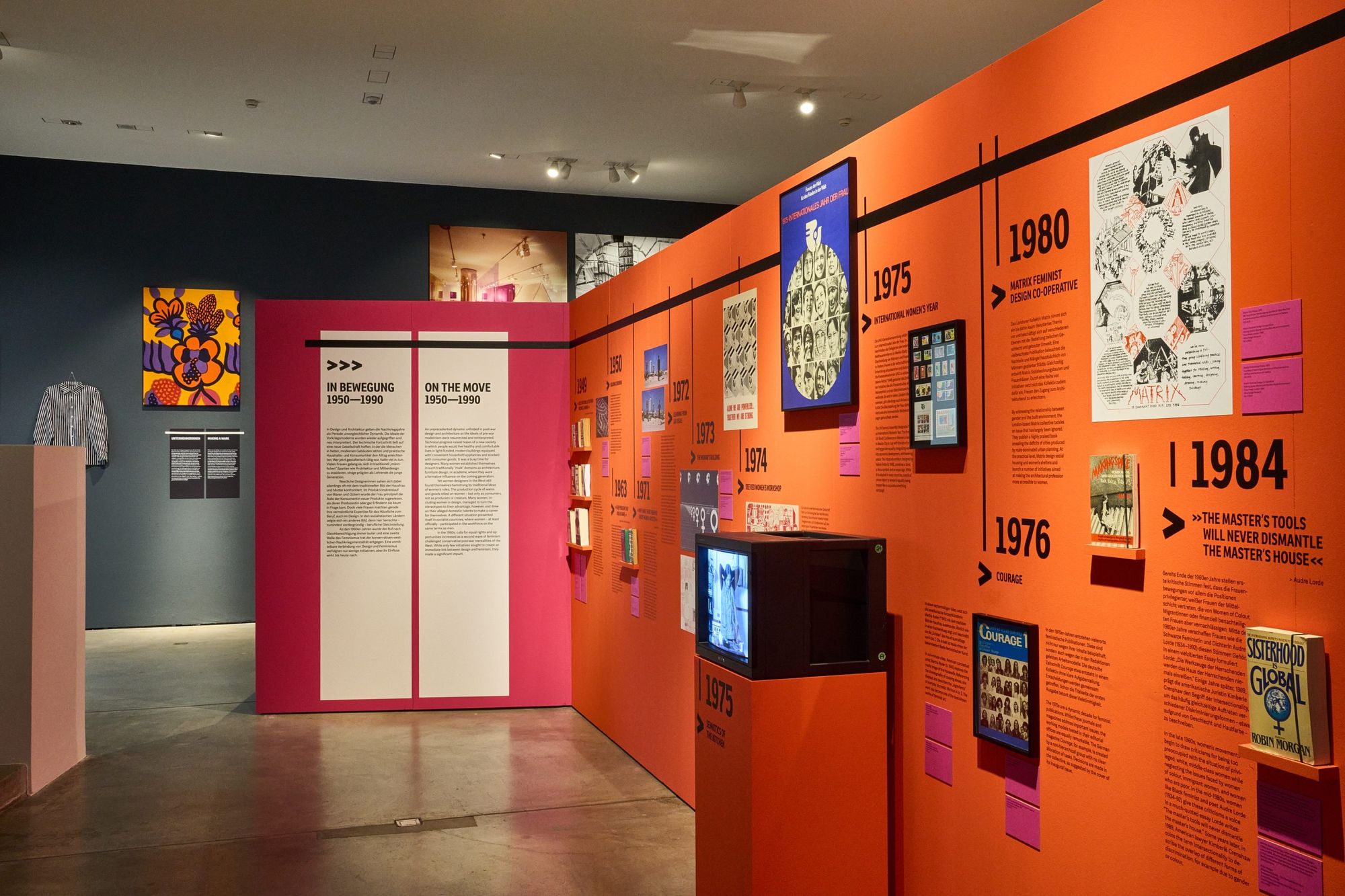
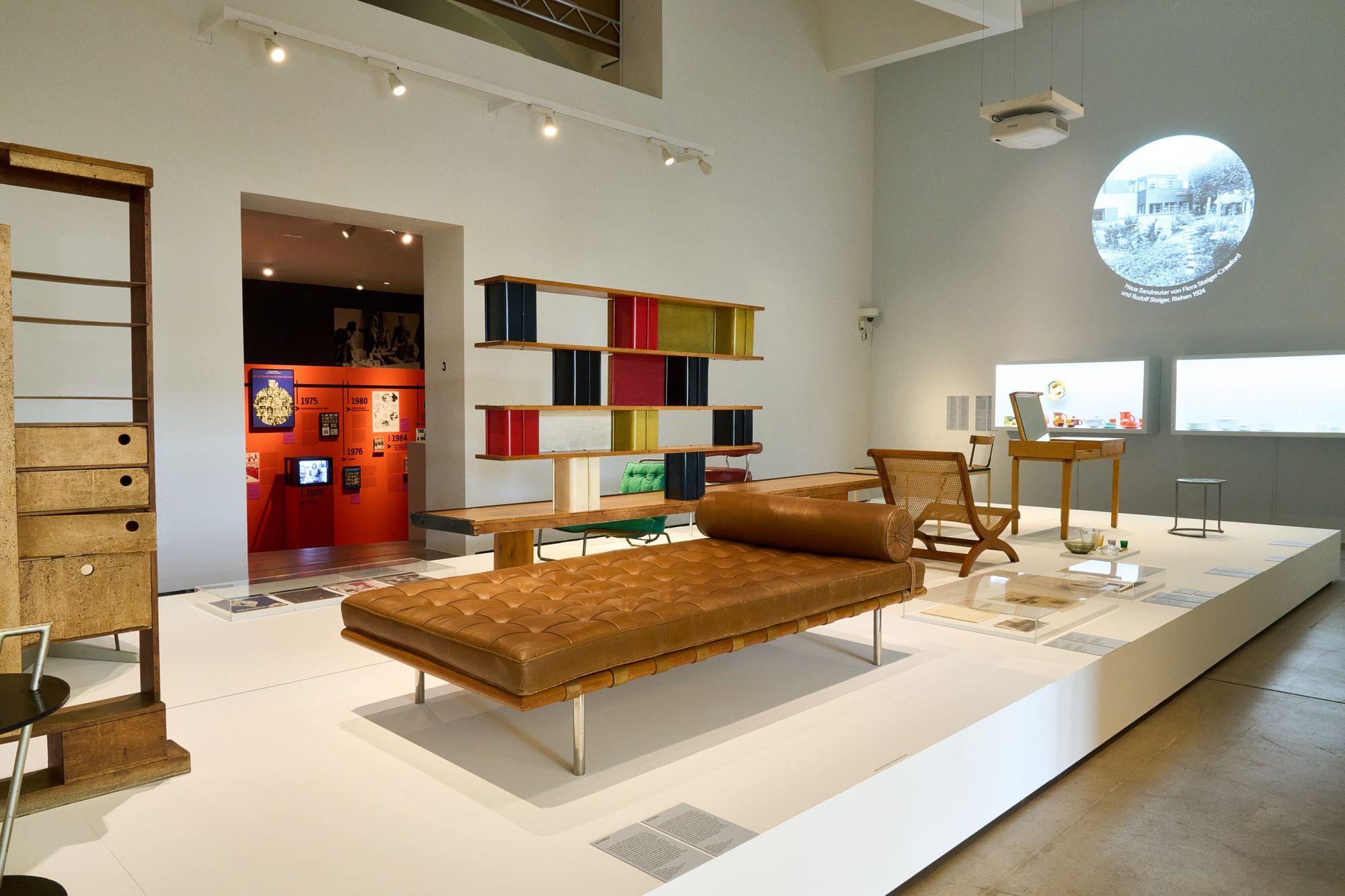
Here We Are! Women in Design 1900 – Today
23.09.2021 – 06.03.2022
Vitra Design Museum
Curated by: Viviane Stappmanns, Nina Steinmüller, Susanne Grane
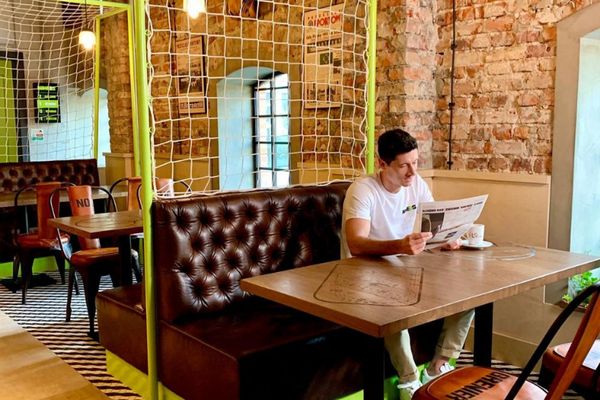
NINE’s | Polish football star opens restaurant in Warsaw
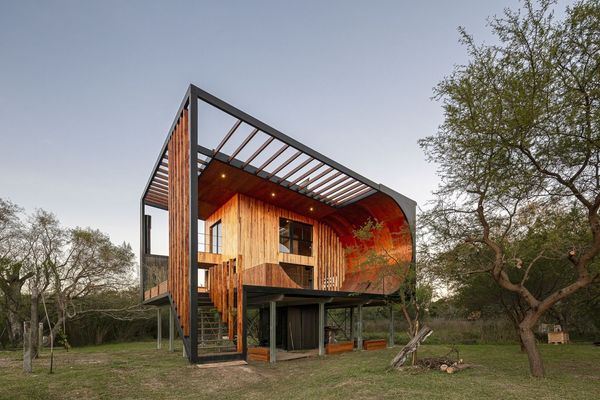
A fusion of house and skate park










